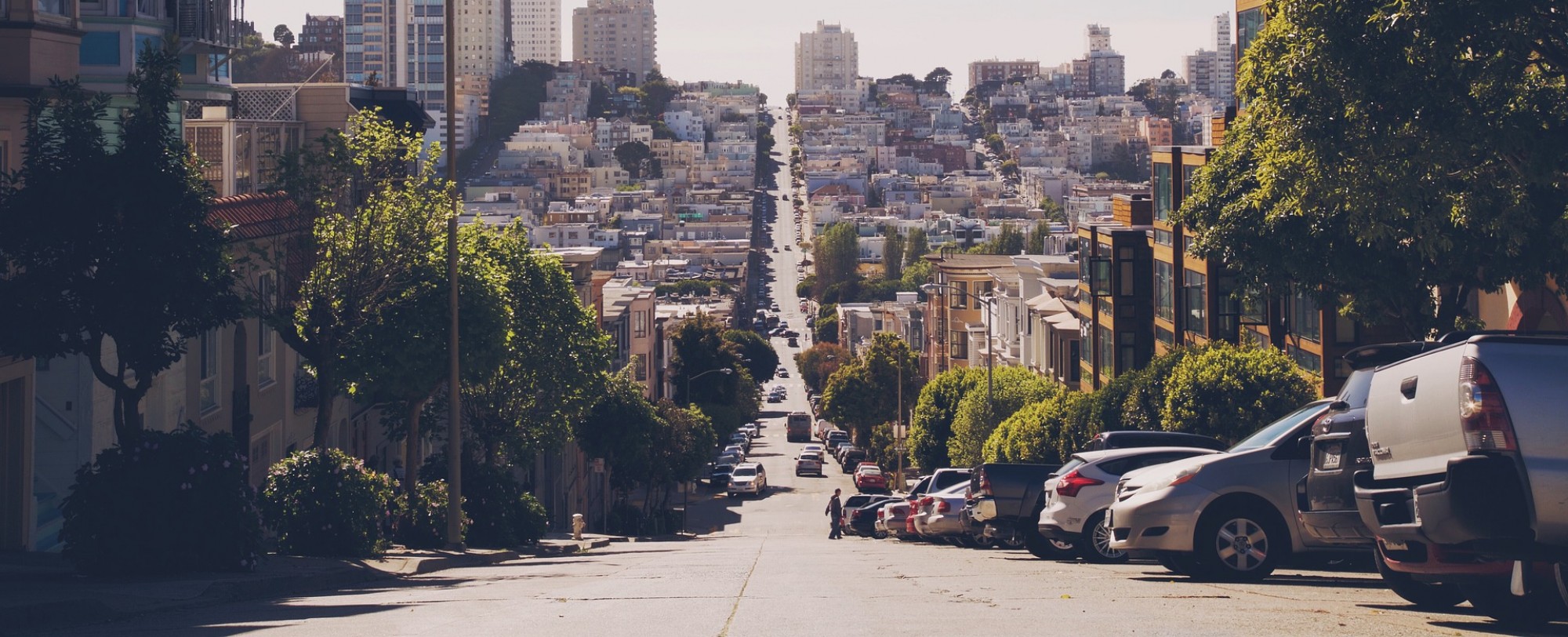Automated Urban Parking and Driving
In an ongoing massive process towards urbanization, 70% of the global population is expected to be living in urban or suburban areas by 2050. Along this rapid development, the traffic infrastructure in many urban hubs has become strained despite significant public and private investment into transportation systems and the renewing and extension of road infrastructure. In many cities, severe persistent traffic congestion are a daily occurrence with associated social as well as ecological & economical challenges, the overall costs of which have been estimated in excess of €100 billion per year.
Automated transportation in combination with novel transportation concepts and associated services (both for citizens as well as for goods), is envisioned to eventually greatly alleviate many of these challenges and provide additional benefits. Consider for instance that via better coordination of vehicles traffic would become more efficient; via removal of human error, safety for all citizens, not only drivers, could be increased; via a virtual chauffeur and pick-up at the doorstep service, car-sharing will become more attractive, full individual mobility could become more affordable, mobility for the elderly or citizens with handicaps will be drastically improved, and the delivery of goods on the last mile could be effectively and innovatively approached.
While these applications presently remain visions, over the past decade substantial and impressive progress has been attained in vehicle automation with robotic trials and public funding having engendered an ecosystem from which academia and industry are embarking onto a challenging road map towards fully automated transportation. Yet, due to various technological, standardization and legal hurdles persisting, complete automation for generic on-road driving scenarios appears to remain a longer-term vision. On the path towards full automation, however, the UP-Drive consortium considers lack of mature technology in several core aspects to be the main issue presently – and this particularly holds for urban environments.
Goal
UP-Drive aims to address the outlined transport-related challenges by providing key contributions that will enable gradual automation of and collaboration among vehicles – and as a result facilitate a safer, more inclusive and more affordable transportation system.
In order to adequately address this complexity UP-Drive will focus on advancing the following technologies:
- Robust, general 360° object detection and tracking employing low-level spatio-temporal association, tracking and fusion mechanisms.
- Accurate metric localization and distributed geometrically consistent mapping in large-scale, semi-structured areas.
- Representations and mechanisms for efficient and cost-effective long-term data management across devices.
- Scene understanding, starting from detection of semantic features, classification of objects, towards behavior analysis and intent prediction.
As a result of this strategy UP-Drive expects a significant technological progress that will benefit all levels of automation: from driver assistance in the short-term to full automation in longer term – across a broad range of applications.
